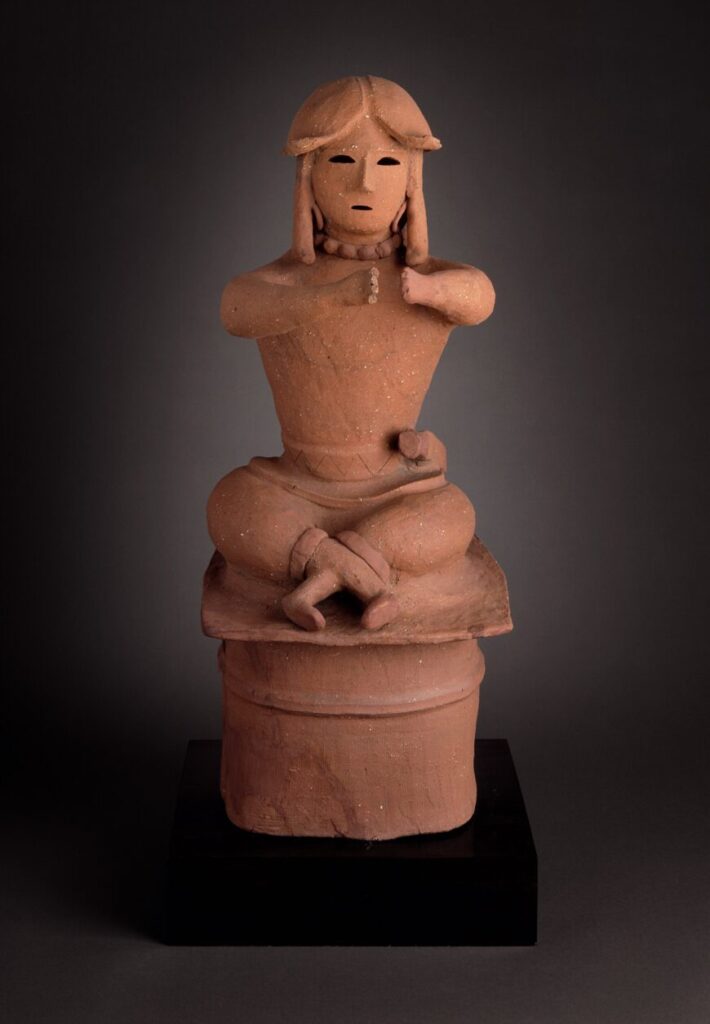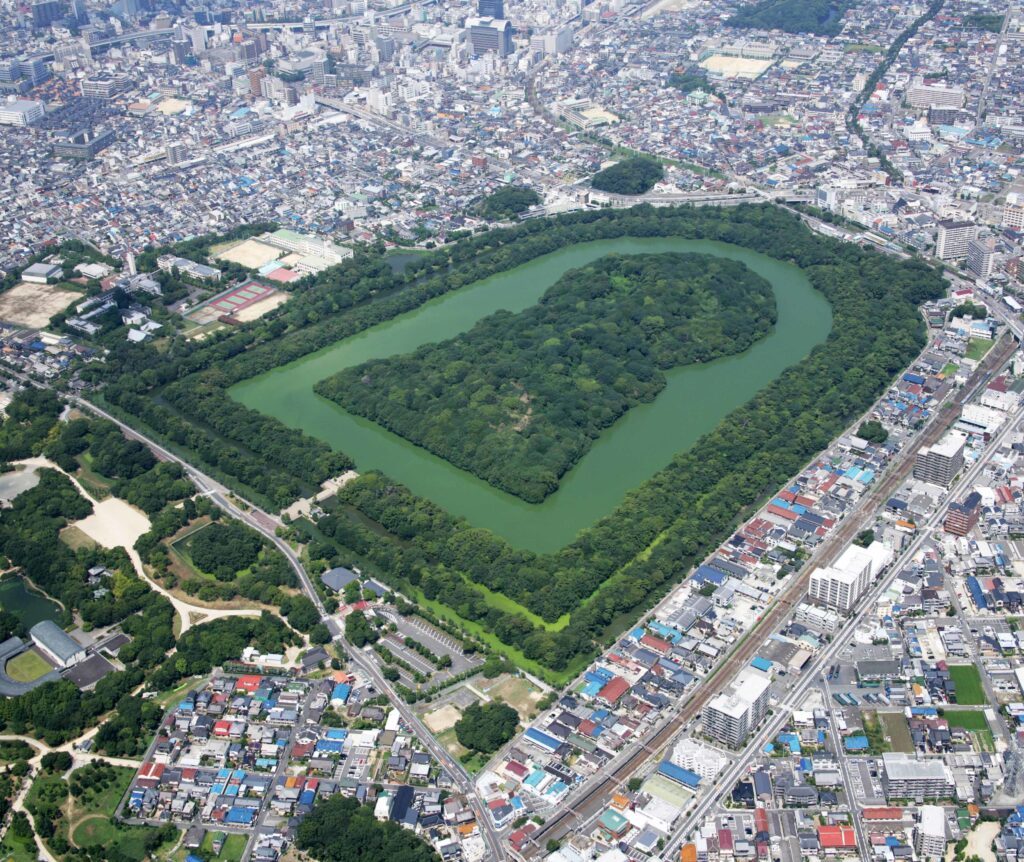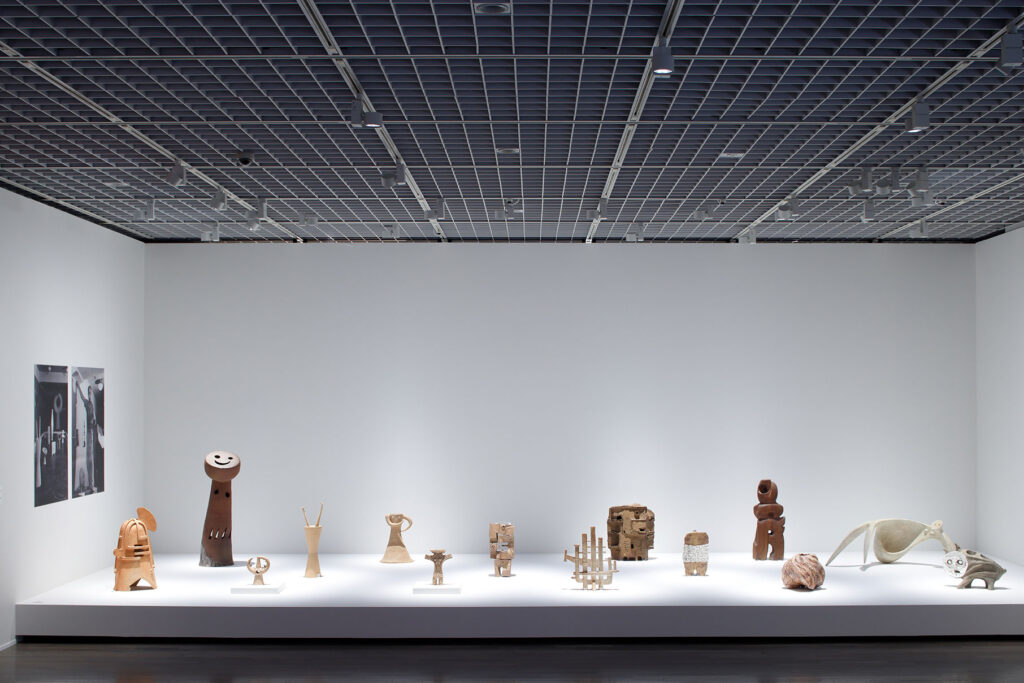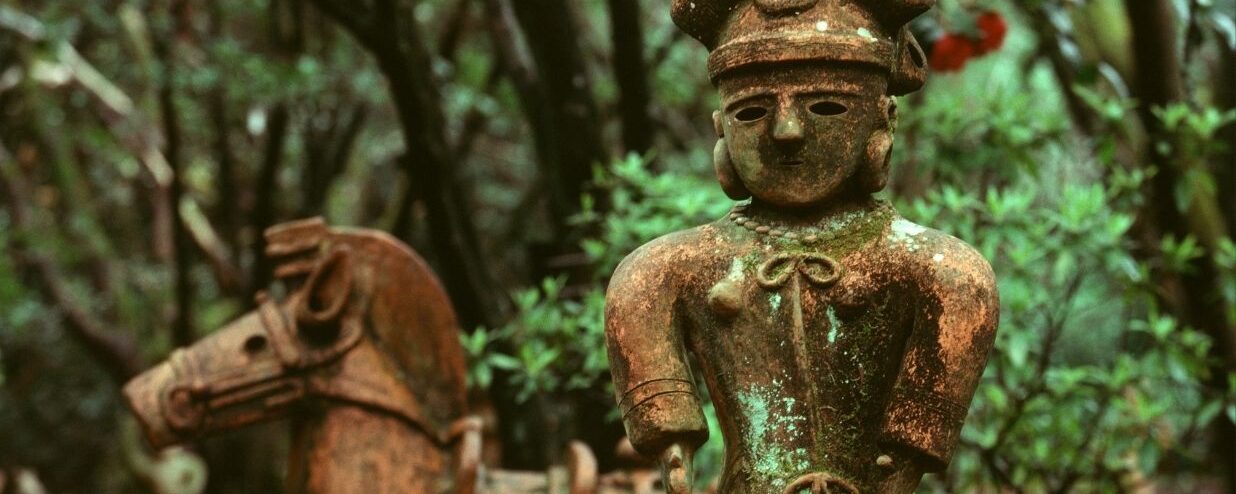Have you ever heard of 「はにわ」ー Haniwa? Haniwa are ancient and mysterious clay statues dating back to the Kofun period (around 250 CE to 538 CE), said to protect the deceased. They were made of terra-cotta, or unglazed fired clay, and were often lined up around the burial tombs of very influential people. However, their function and symbolism is still somewhat unknown even to this day. They, nonetheless, became very valuable resources into understanding the lifestyle and culture of the Kofun period.

Overtime, haniwa evolved to have different shapes, thus play different roles in burial rituals. Haniwa were often crafted into different people such as aristocrats, warriors, farmers, shrine maidens, and so on. This gave us insight into each occupational clothing and accessories, and possessions, etc of the time. Also, for Haniwa in the form of a horse, as those with a higher status own more horses, more of them were created than any other animal to show the owner’s scale of influence and displayed around the burial mound.
History of Haniwa

In the beginning of the Kofun period, Haniwa were only made into hollow cylindrical shapes but later they started taking various forms such as people, animals, houses, and boats. But what role did haniwa really have in this ancient society?
Writing systems did not exist during the Kofun period, but historians were able to gather some evidence that a powerful kingdom emerged which started constructing monumental tombs taking up huge amounts of land. So, Haniwa may have been used as markers to define the perimeter of the tomb and protect the deceased from the world of the living. Later as they started to being molded to look like humans such as warriors, they may have played the role as protector of the deceased in the supernatural world.
Haniwa in Modern Times
Actually, Haniwa’s somewhat relaxed appearances and expressions have garnered popularity. They have stealthily become a fad pioneering different “mascot characters”!!
In 2018, Japan’s first Haniwa popularity vote called “Gunma HANI-1 (hani-wan) Grand Prix” was held in Gunma Prefecture. Voting was conducted to decide the winner out of about 100 haniwa. Voting began on July 18th and went on for a month with a total of 24,222 votes! The top places were “the laughing haniwa,” in second place is “Gunma-chan haniwa,” in third place is “the horse rider”.
In December 2024, the Tokyo National Art Museum held a Haniwa art exhibit. The exhibition consisted of different phases from unearthed haniwa artifacts to the aesthetics of haniwa that permeated art and popular culture. Haniwa have been integral in helping artists reimagine Japanese mythology and even influenced characters in manga and fiction.

Closing Thoughts
Knowing about Haniwa will not only impress your Japanese friends or teachers, but they may deepen your understanding of Japanese history and culture. They give us some insight into ancient history in Japan and the reverence placed on providing a space for the departed. Showing respect for intentional spaces is still an important concept in Japanese culture to this day. I also think that haniwa shows Japan’s long history of making characters with simple aesthetics while capturing a certain concept or purpose. From modern manifestations like hello kitty, to different folkloric creatures like kappa, Haniwa might be a testament for Japan’s love for symbolic characters.
Other A I U E O Series
- AIUEO – A (あ)
- AIUEO – I (い)
- AIUEO – U (う)
- AIUEO – E (え)
- AIUEO – O (お)
- AIUEO – Ki(き)
- AIUEO – Ku(く)
- AIUEO – Ke(け)
- AIUEO – Ko(こ)
- AIUEO – Sa(さ)
- AIUEO – Shi(し)
- AIUEO – Su(す)
- AIUEO – Se(せ)
- AIUEO – So(そ)
- AIUEO – Ta(た)
- AIUEO – Chi(ち)
- AIUEO – Tsu (つ)
- AIUEO – Te (て)
- AIUEO – To (と)
- AIUEO – Na (な)
- AIUEO – Ni (に)
- AIUEO – Nu (ぬ)
- AIUEO – Ne(ね)
- AIUEO – No (の)
- AIUEO – Ha (は)
- AIUEO – Hi (ひ)
- AIUEO – Hu (ふ)
- AIUEO – He (へ)
- AIUEO – Ho (ほ)
- AIUEO – Ma (ま)
- AIUEO – Mi (み)
- AIUEO – Mu (む)
- AIUEO – Me (め)
- AIUEO – Mo (も)
- AIUEO – Ra (ら)
- AIUEO – Ri (り)
- AIUEO – Ru (る)
- AIUEO – Re (れ)
- AIUEO – Ro (ろ)
- AIUEO – Ya (や)
- AIUEO – Yu (ゆ)
- AIUEO – Yo (よ)
- AIUEO – Wa (わ)
FAQ
What is Haniwa in Japan?
They are terra-cotta (fired clay) figures made in Kofun era (250 CE – 538 CE) for ritual burial purposes.
What does Haniwa symbolize?
Haniwa can take on different forms and thus different meanings. A Haniwa house, for instance, symbolizes a dwelling place the deceased. A Haniwa person, depending on their design, could be a warrior who protects the dead, a nobleman to represent the wealth of the deceased, and so on.
Can Haniwa also be animals? What Haniwa animals are there?
Yes, there are Haniwa animals, mostly horses. But there are also birds, wild boars, and dogs.
